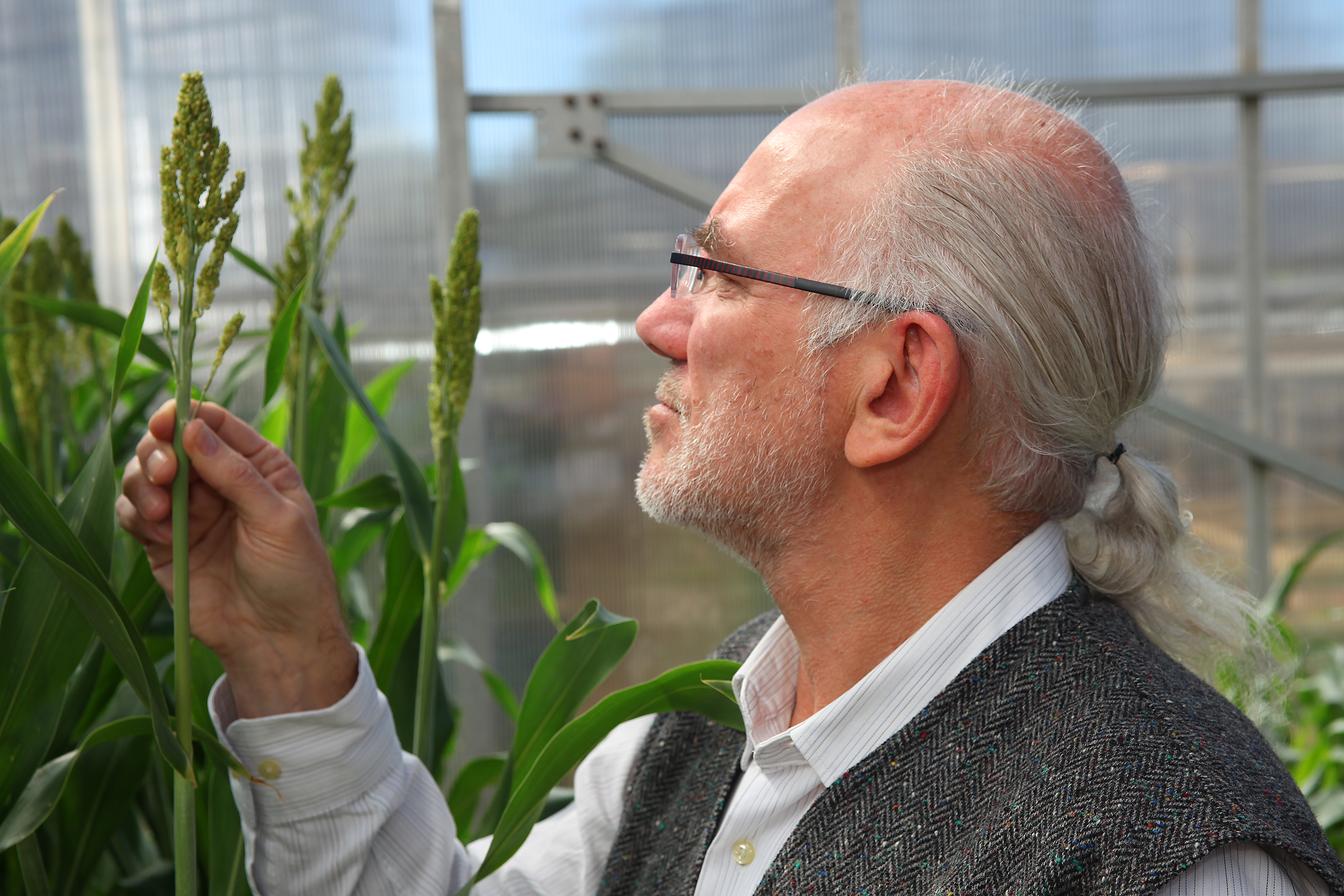Take home messages
- Anthropogenic global warming demands that we think about how to adapt sorghum traits and management for likely future climates
- There is an urgent need to develop varieties with high-temperature tolerance to minimise the effects on seed set of increasing high temperature risk
- Existing approaches to adapting traits (genotype) and management (G×M) for effective use of water through the crop cycle remain relevant but will not be adequate to maintain productivity once global warming of ∼2oC is reached and the positive effects of elevated levels of CO2 on crop growth are counterbalanced
- Novel approaches seeking improvement in fundamental crop water use efficiency will be required.
Abstract
Climate risks pervade agriculture and generate major consequences on crop production. We do not know what the next season will be like, let alone the season 30 years hence. Yet farmers need to decide on genotype and management (G×M) combinations in advance of the season and in the face of this environment risk. Beyond that, breeders must target traits for future genotypes up to 10 years ahead of their release. Here we present the case for next generation design of G×M×E for crop adaptation in future climates. We focus on adaptation to drought and high-temperature shock in sorghum [Sorghum bicolor (L.) Moench] in Australia, but the concepts are generic. The considerable knowledge of climate, both past and future, gives us insight into climate variability and trends. We know that CO2 and temperature are increasing, and this influences drought and high-temperature risks for crops. We also have considerable knowledge of crop growth and development responses to CO2, drought, and high temperature that have been integrated into advanced crop simulation models. Here we explore by simulation the design of crops best suited to current and future environments. A yield–risk framework is used to identify adapted G×M combinations. The results in this case study indicate the urgent need for high-temperature tolerance to effects on seed set. Further, existing approaches to G×M for effective use of water through the crop cycle will not be adequate to maintain productivity once global warming of ∼2◦C is reached. Improvement in transpiration efficiency offered the avenue with best potential for advancing adaptation relevant to future climates.
Professor Graeme Hammer Researcher biography

Graeme is a Professor in Crop Science at the Centre for Crop Science in the Queensland Alliance for Agriculture and Food Innovation (QAAFI), which is a research institute of The University of Queensland, Australia.
Graeme conducts research on the physiology and genetics of complex adaptive traits in field crops with a focus on water productivity in cereals. His research underpins the development of mathematical models of crop growth, development and yield that enable simulation of consequences of genetic and management manipulation of crops in specific target environments.
His research approach provides unique opportunities to:
- Aid crop management and design for enhanced production in water-limited environments
- Enhance the utility of molecular breeding for drought adaptation, and
- Identify avenues to cope with climate risks in field crop production.
He is a Fellow of the Australian Agriculture Institute and was awarded the Australian Medal for Agricultural Science in 2013 and Farrer Memorial Medal in 2012.
